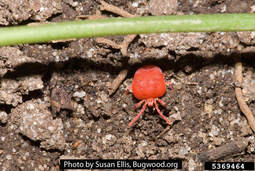
Protection from chiggers uses two approaches. The use of a repellent can discourage chiggers from attacking. The most effective repellents are Deet and permethrin. Both are applied to clothing. The second approach seeks to reduce chigger populations. Keeping the lawn mowed regularly can help, but large populations may require the use of an acaricide. Effective products include bifenthrin (Talstar, Hi-Yield Bug Blaster II, Hi-Yield Bug Blaster Bifenthrin, and Ortho Lawn Insect Killer Granules), cyfluthrin (Tempo 20, Bayer Vegetable & Garden Insect Spray) and carbaryl (Sevin). For more information, see the K-State Research and Extension publication titled, “Chiggers” at: http://www.ksre.ksu.edu/bookstore/pubs/MF2107.PDF (Ward Upham)
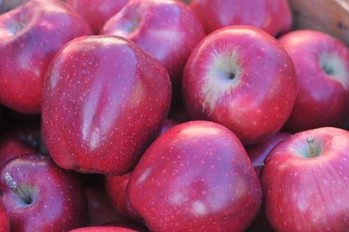
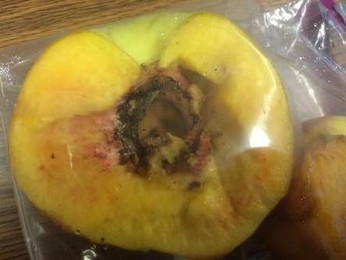
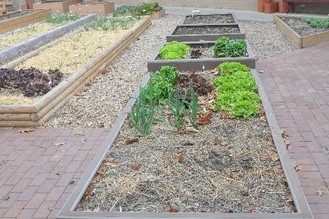
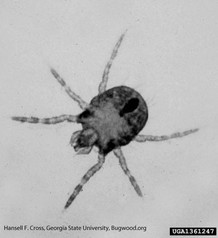
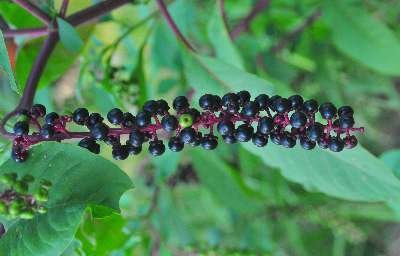
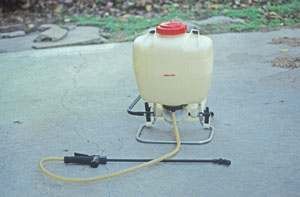
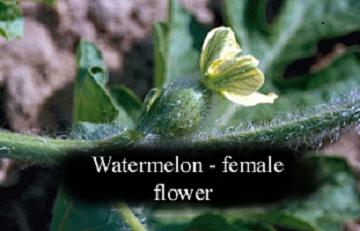
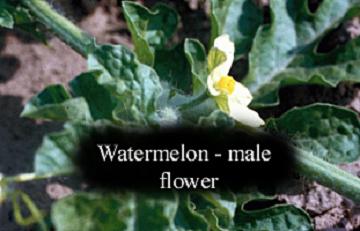
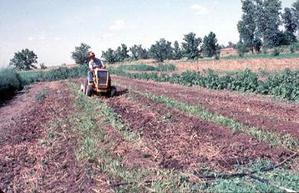
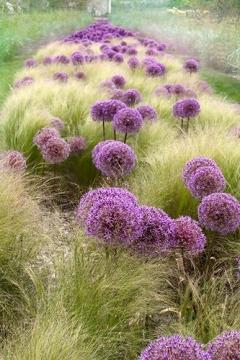
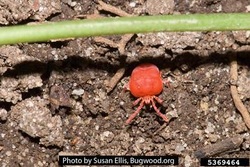
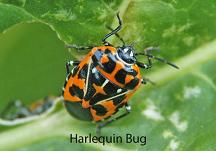
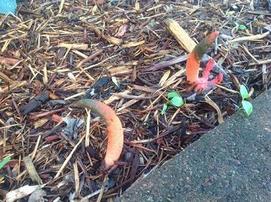
 RSS Feed
RSS Feed
